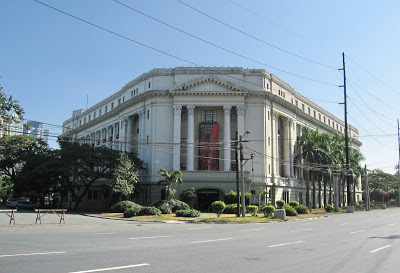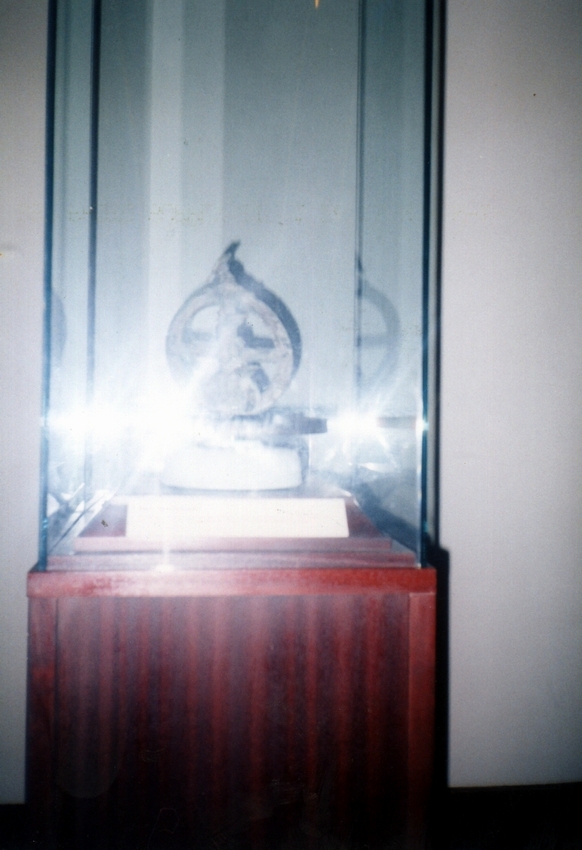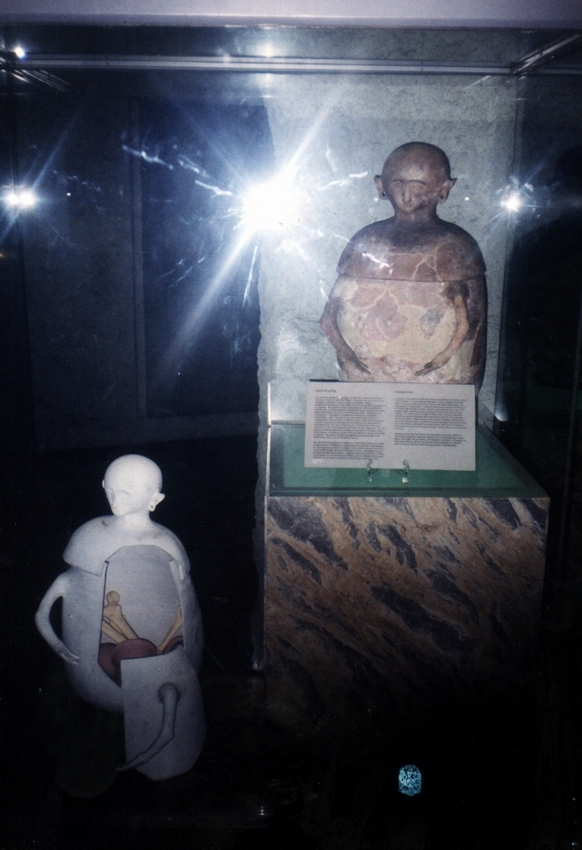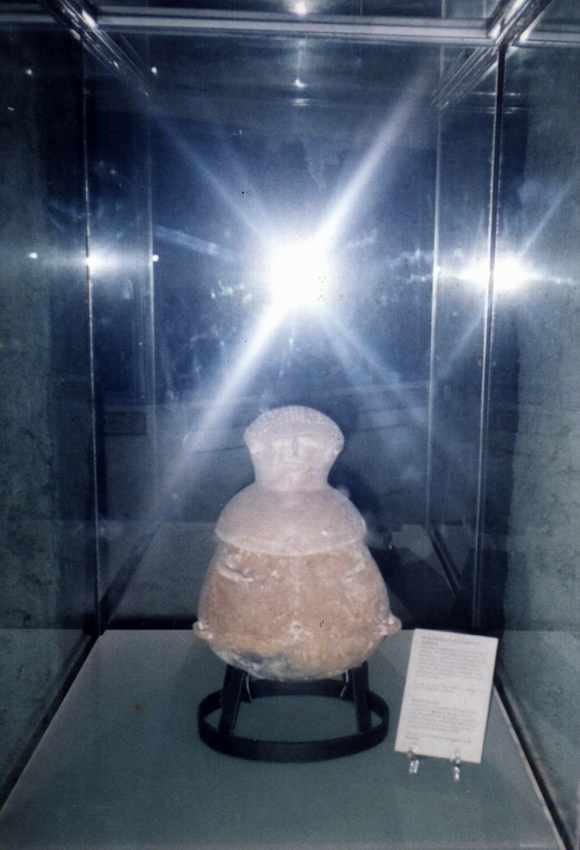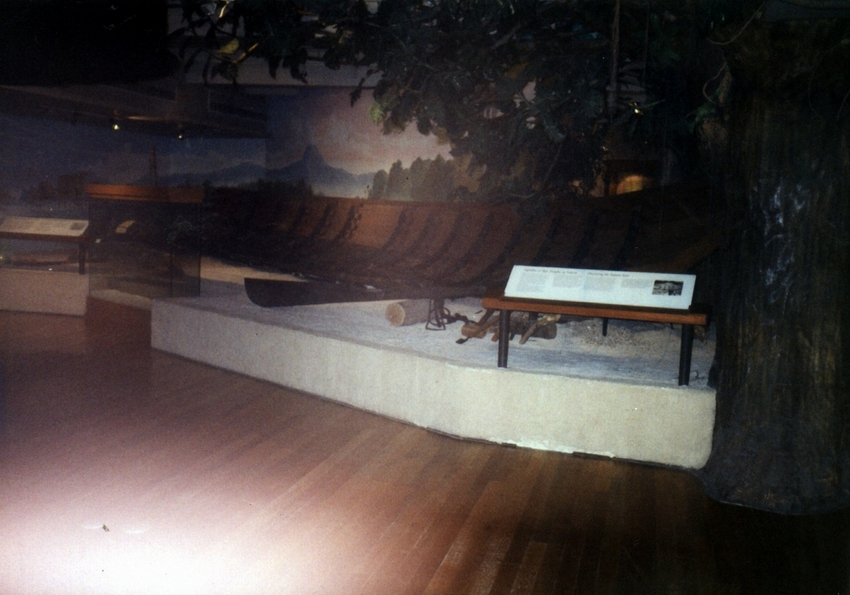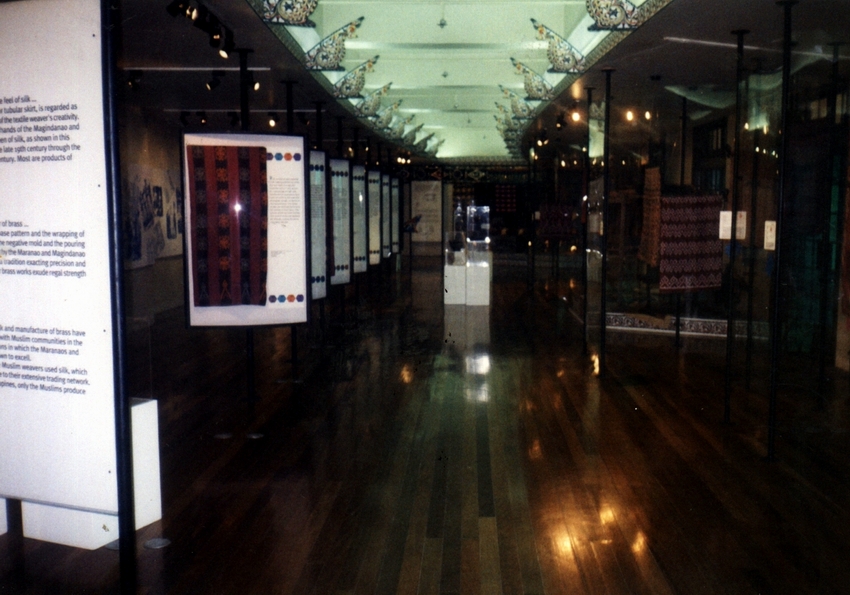We finally left Vigan City by 1 PM and, 11.2 kms. out of the city, past the towns of San Ildelfonso and Sto. Domingo, we made a short stopover at the the Magsingal Cultural Museum, also called the Museum of Ilocano Culture and Artifacts. Managed by the National Museum, parts of its displays are housed within the ruins of the town’s former Church of St. William.
The old church was started in 1662 by Fr. Alonso Cortes, finished in 1723, destroyed by earthquake soon after, rebuilt in 1730 and then burned by the rebel forces of Diego Silang. Only the intact bell tower and part of the ruined walls remain. On October 1982, it was restored and transformed into a museum housing the private collection of the late Mr. Angel Cortez (former curator of the Magsingal Museum).
It showcases the material culture of Northern Luzon. The curator’s house across the street displays Neolithic tools, excavated porcelain and earthenware, antique santos, weapons and implements, baskets and headgear and old parish records.
Magsingal Cultural Museum: National Highway, Magsingal, Ilocos Sur. Open daily, 9-11:30 AM and 1:30-4:30 PM. Visit is by appointment. Admission is free.







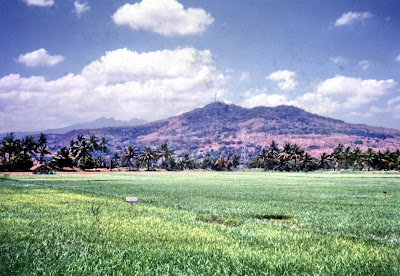





.jpg)
